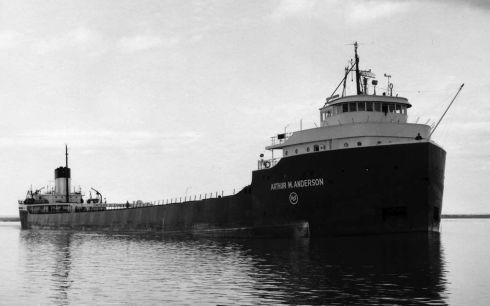“The Female Robinson Crusoe“

In 1921, Ada Blackjack had been abandoned by her husband outside of Nome, Alaska with a five year old son who suffered from tuberculosis. She needed money to care for her son, so she joined an Arctic Expedition to Wrangel Island, which was being put together by explorer Vilhjalmur Stefansson. The expedition sought an Alaska Native seamstress who spoke english. Ada was hired on, and left for Wrangel Island in September 1921.

The expedition itself, was on thin ice from the very beginning. The goal was for the team to travel to Wrangel Island to claim it for the British Empire, even though the British government had shown little interest in the island previously. Stefansson, who organized the entire expedition, had no intention of going himself. Instead, four men: Allan Crawford, 20, Lorne Knight, 28, Fred Maurer, 28, and Milton Galle, 19, went with Blackjack, 23, and Vic the cat, age unknown, to claim the island.
The team had enough supplies to last six months, although Stefansson assured the expedition members that wild game would be easy to find.

The first year went relatively well, but by the end of autumn 1922, game had suddenly diminished from the island. By January 1923, the expedition was in trouble. Crawford, Maurer, and Galle left on foot across the sea ice to Siberia for help. Knight, who was suffering from scurvy, was left behind with Blackjack and Vic. The three men who went out on foot were never seen or heard from again. Ada cared for the ailing Knight for six months, until his death in June.

For the next three months, Ada Blackjack was alone on the island. She trapped fox, shot birds, and patrolled for polar bear. She even used the expedition camera gear to take selfies outside of camp.
On August 20, 1923, almost two full years from first arriving on Wrangel Island, the schooner Donaldson arrived to rescue the last surviving member of the expedition. The crew found Blackjack doing quite well for herself, stating: she “mastered her environment so far that it seems likely she could have lived there another year, although the isolation would have been a dreadful experience.”
Blackjack took her money from the expedition, which was less than promised, retrieved her son, and avoided the spotlight. Stefansson profited greatly from the failed expedition, but none of that money went to Blackjack. She spent much of her adult life in poverty. She did remarry, and had a second son, Billy. Bennett died in 1972 at the age of 58 from a stroke. Ada Blackjack passed away on May, 29 1983 at the Pioneer Home in Palmer, Alaska. Blackjack is buried at the Anchorage Memorial Park Cemetery, next to her son Bennett.















